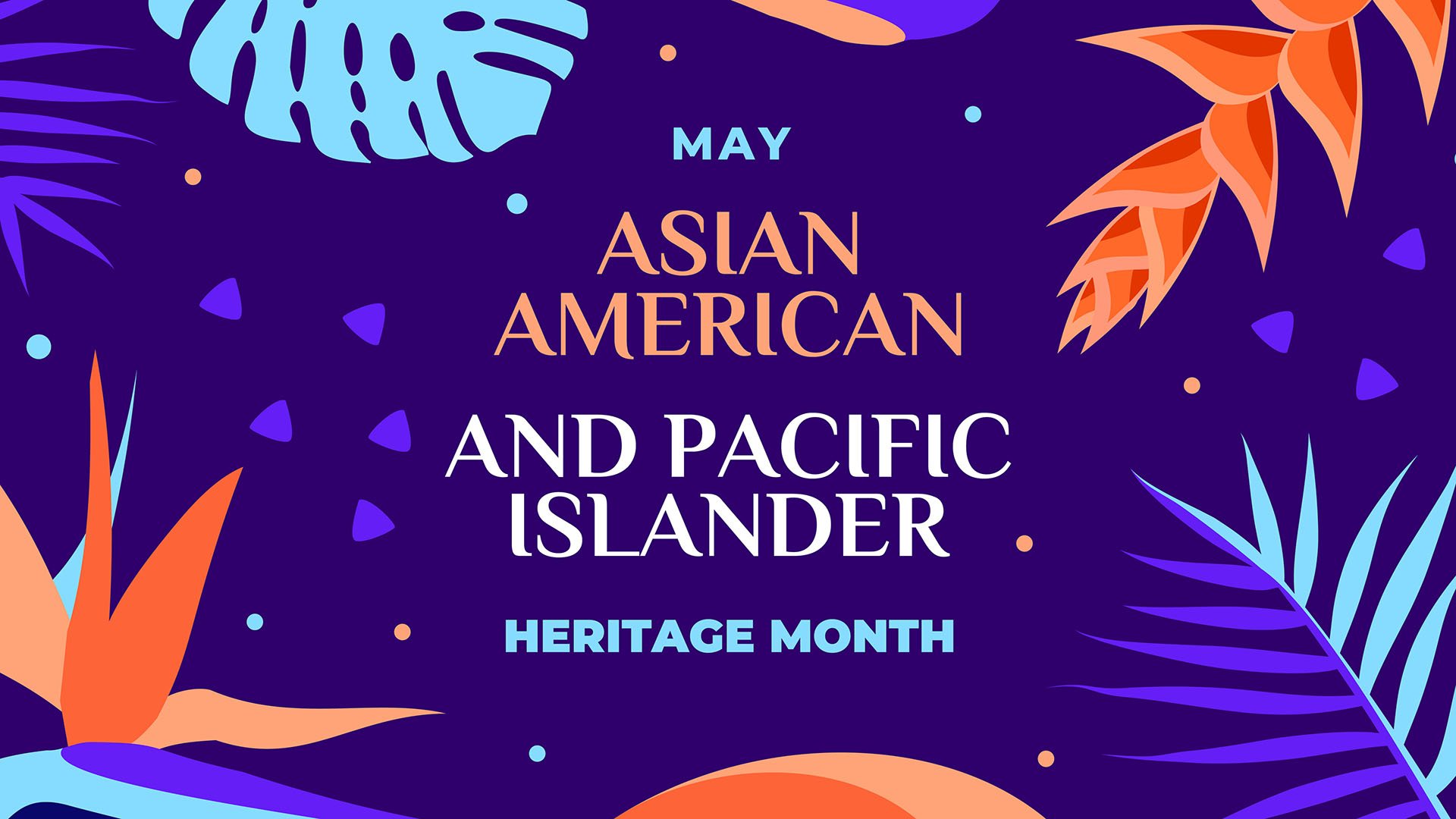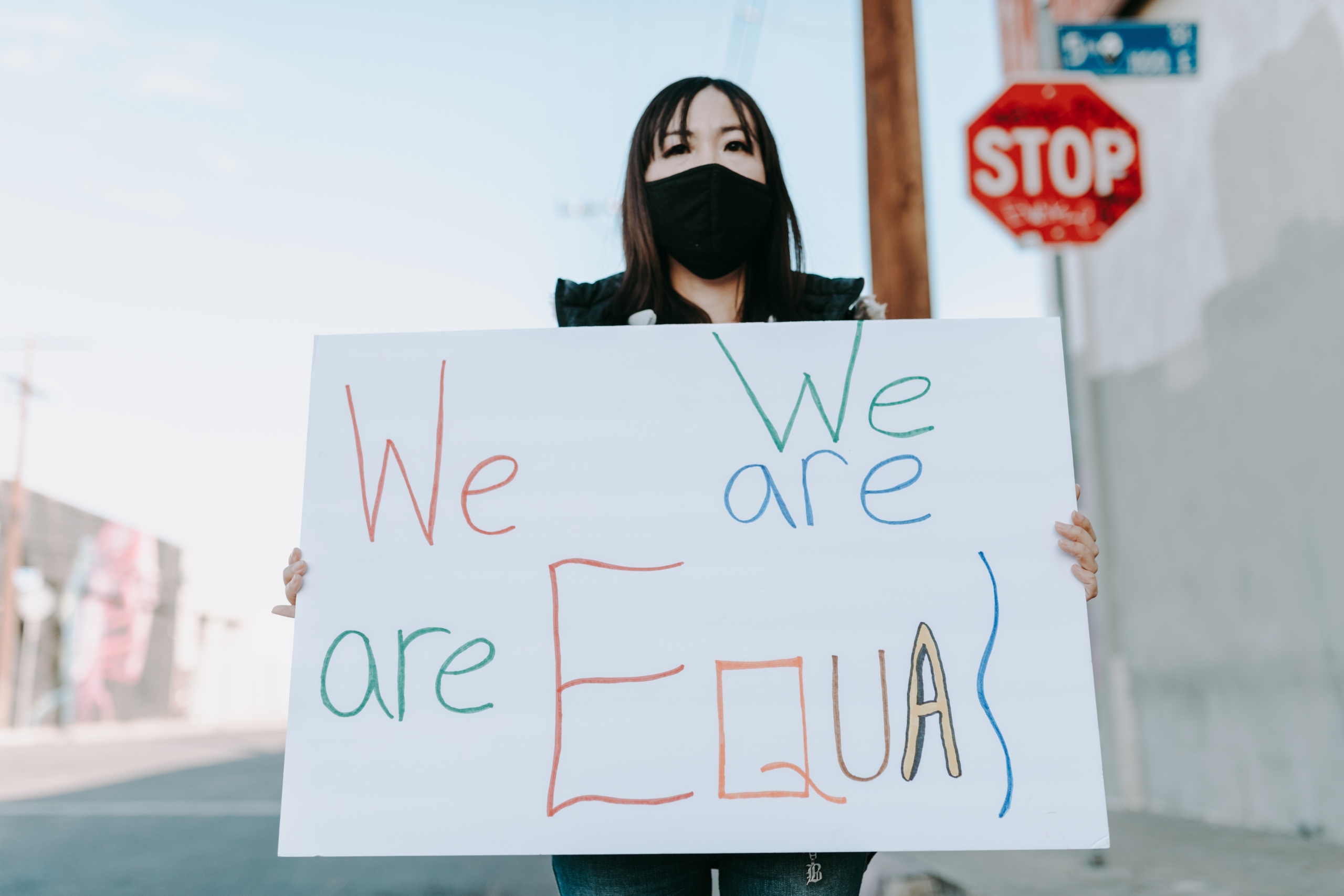
Photographer: Keri Oberly for The Years Project

(Adobe Stock Photo)
The push for this recognition came from Jeanie Jew, a Chinese American Capitol Hill staffer. Her great-grandfather immigrated from China and helped build the transcontinental railroad, but later lost his life to anti-Asian violence as laws like the Chinese Exclusion Act of 1882 and the Geary Act stoked anti-Chinese and anti-Asian sentiment.
The month of May was chosen to commemorate the first known Japanese immigrant to the U.S. on May 7, 1843 and the completion of the transcontinental railroad on May 10, 1869, which was made possible with the labor of up to 20,000 Chinese workers.
In 1977, New York representative Frank Horton and Hawaii senator Daniel Inouye both introduced joint resolutions to propose proclaiming the first ten days of May as Asian/Pacific American Heritage Week. Though these resolutions didn’t pass, representative Horton was successful in passing a resolution the following year, requesting that the president proclaim a Asian/Pacific American Heritage Week during the first ten days of May starting in 1979.
Congress extended this recognition of the AAPI community to the entire month in 1990, and in 1992, Congress passed a bill to annually designate the month of May as Asian/Pacific Heritage Month.

(Photo by RDNE Stock project)
As of 2021, there are 24 million Asian Americans and 1.7 Native Hawaiians and Pacific Islanders in the U.S. AAPI is an umbrella term that encompasses both cultures from the Asian continent, including East Asia, South Asia, Southeast Asia, and Central Asia, and cultures from Polynesia, Micronesia, and Melanesia. Although West Asia, also known as Southwest Asia and part of the Middle East, is not considered AAPI by the U.S. census, some West Asians may self-identify as AAPI.
If that sounds like a lot to include under one term—it is! AAPI covers about 50 ethnic groups that speak over 100 languages. It’s important that when we celebrate AAPI Heritage Month or speak about AAPI communities, we take care to not reduce AAPI experiences to a monolith, or neglect communities under the umbrella.
AAPI is an ambitious term spanning incredibly diverse groups of people. While the umbrella term has brought these communities together for shared goals, it has also been criticized for obscuring differences and erasing specific ethnic groups, such as South Asians, Southeast Asians, and Pacific Islanders, while centering East Asians.
But at the time it was created, the term “Asian American” was a radical and political label. In 1968, UC Berkeley students and activists Emma Gee and Yuji Ichioka used the term as a coalition-building tool to unite students of Asian descent in advocating for an ethnic studies department—the first in the U.S.—alongside Black and Latinx students.
The term “AAPI,” which includes Pacific Islanders, grew in popularity in the 1980s to link shared experiences of colonialism and to build power by combining forces. In 1990, the census used AAPI to group Asian Americans and Pacific Islanders, partly because the population of Pacific Islanders was deemed too small to be considered its own category.
This classification had tangible consequences: lumping the data for such diverse communities together erases the specific struggles each community faces. For example, 62% of AAPI individuals 24 and over have completed an associate’s degree or higher, while for Pacific Islanders, that percentage is actually 28%.
In addition, many Pacific Islanders argue that the umbrella term flattens the differences between Asian American and Pacific Islander histories and experiences.
In 1997, the census disaggregated data for Asian Americans and Pacific Islanders, although the term AAPI is still widely used.
When we celebrate AAPI Heritage Month, we must take care to recognize all communities within the umbrella.This month calls on us to uplift underrepresented AAPI ethnic groups. Watch films, read stories, and learn the histories of Pacific Islanders, South Asians, Southeast Asians, and Central Asians, not just East Asians. Our celebrations for AAPI Heritage Month should be just as diverse as AAPI cultures and communities.